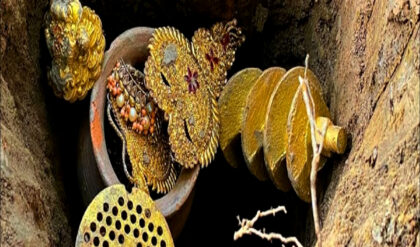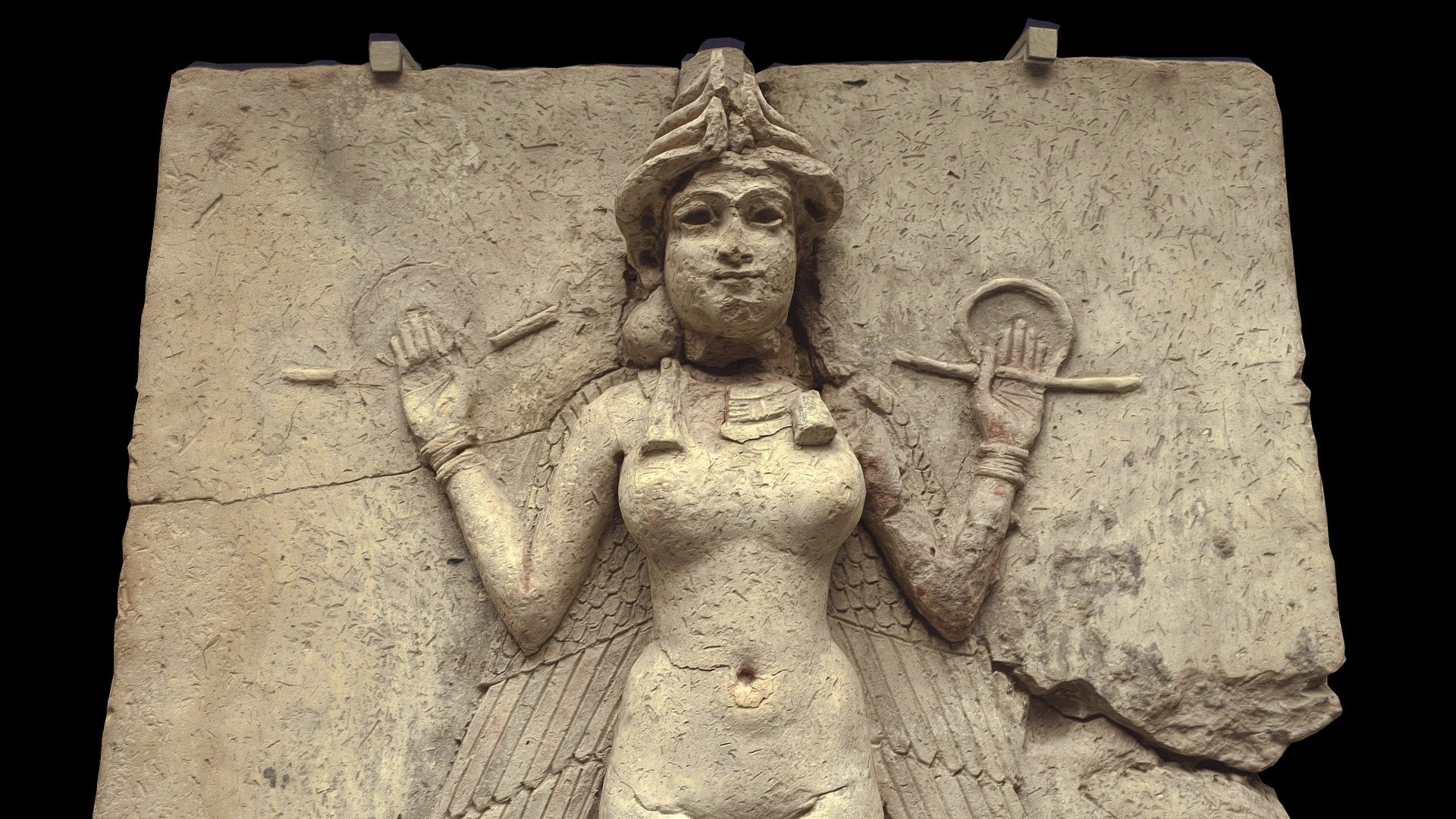
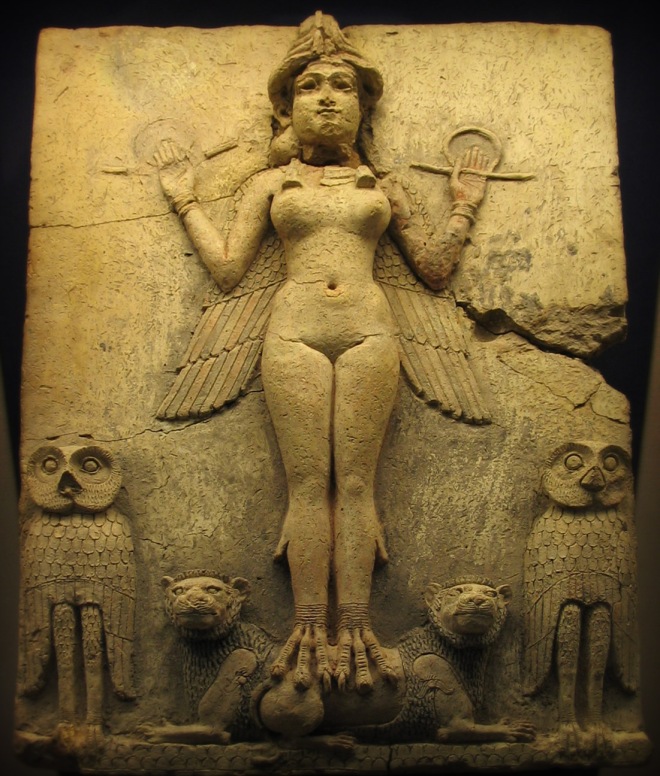

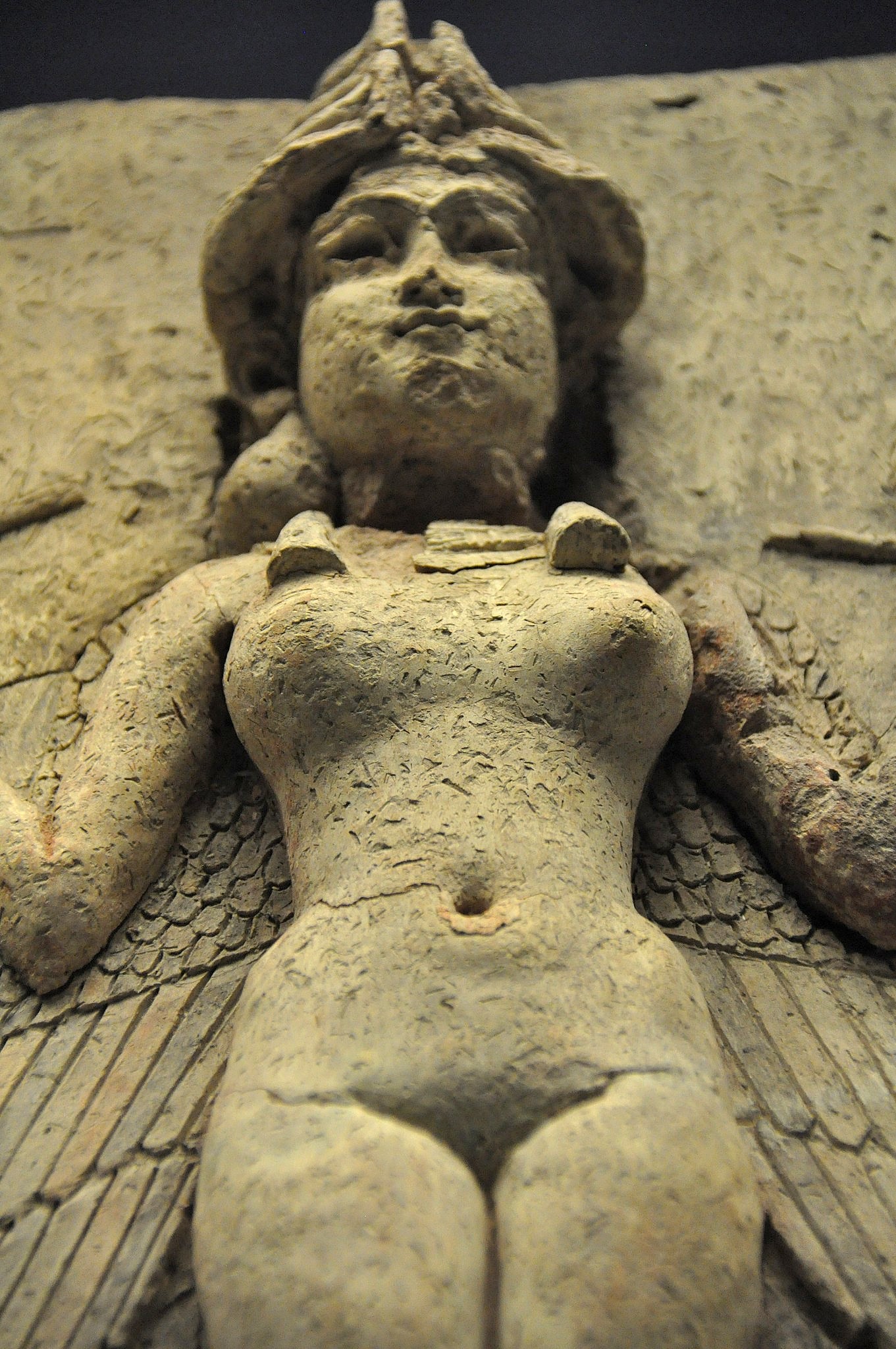
The Descent of Inanna begins with the following lines, “From the great heaven she set her mind on the great below. From the great heaven the goddess set her mind on the great below.

From the great heaven Inana set her mind on the great below. My mistress abandoned heaven, abandoned earth, and descended to the underworld. Inana abandoned heaven, abandoned earth, and descended to the underworld.” One explanation for Inanna’s interest in the Underworld is that she hopes to extend her power into that realm, whose queen is her sister, Ereshkigal.
When she arrives at the gates of the Underworld, Inanna informs the gatekeeper, Neti, that she has come to witness the funeral rites of Gugalanna, the Bull of Heaven, who is also Ereshkigal’s husband.
When Ereshkigal receives this news, she is not at all pleased, and ordered that the seven gates of the Underworld be bolted against her sister. Inanna is only allowed to pass one gate at a time, and before each gate, she is required to remove a piece of her royal garment.
By the time Inanna reaches the throne room of Ereshkigal, she had been stripped naked, and was powerless. Ereshkigal overpowered her sister, who was “turned into a corpse” and “hung on a hook”. Prior to entering the Underworld, Inanna had instructed her servant Ninshubur on how to come to her aid should she fail to return at the expected time.
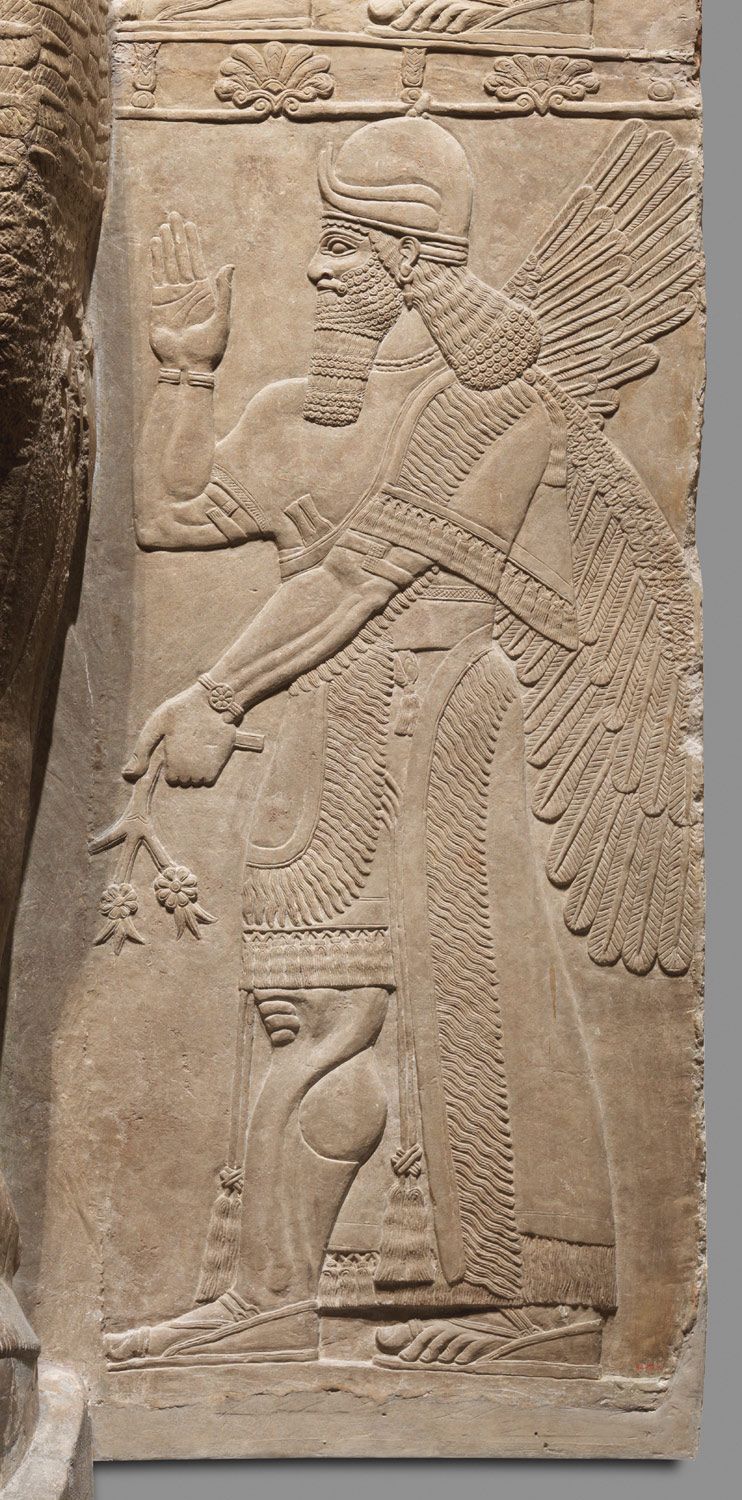
This, Ninshubur went to the god Enki, Inanna’s father, for help. Whilst Inanna was successfully revived by the servants sent by her father, she is unable to leave the Underworld as easily as she entered it.
A substitute had to be found, and Enki’s servants tried to take several of Inanna’s followers, though the goddess stops them from doing so, as they were all mourning for her supposed death.
In the end, Inanna encounters Dumuzi, her husband, who is clearly not in mourning, as he was “clothed in a magnificent garment and seated magnificently on a throne”. This infuriated Inanna, who ordered him to be seized.
Dumuzi prays to Utu, the sun god, to save him, and is transformed into a snake.
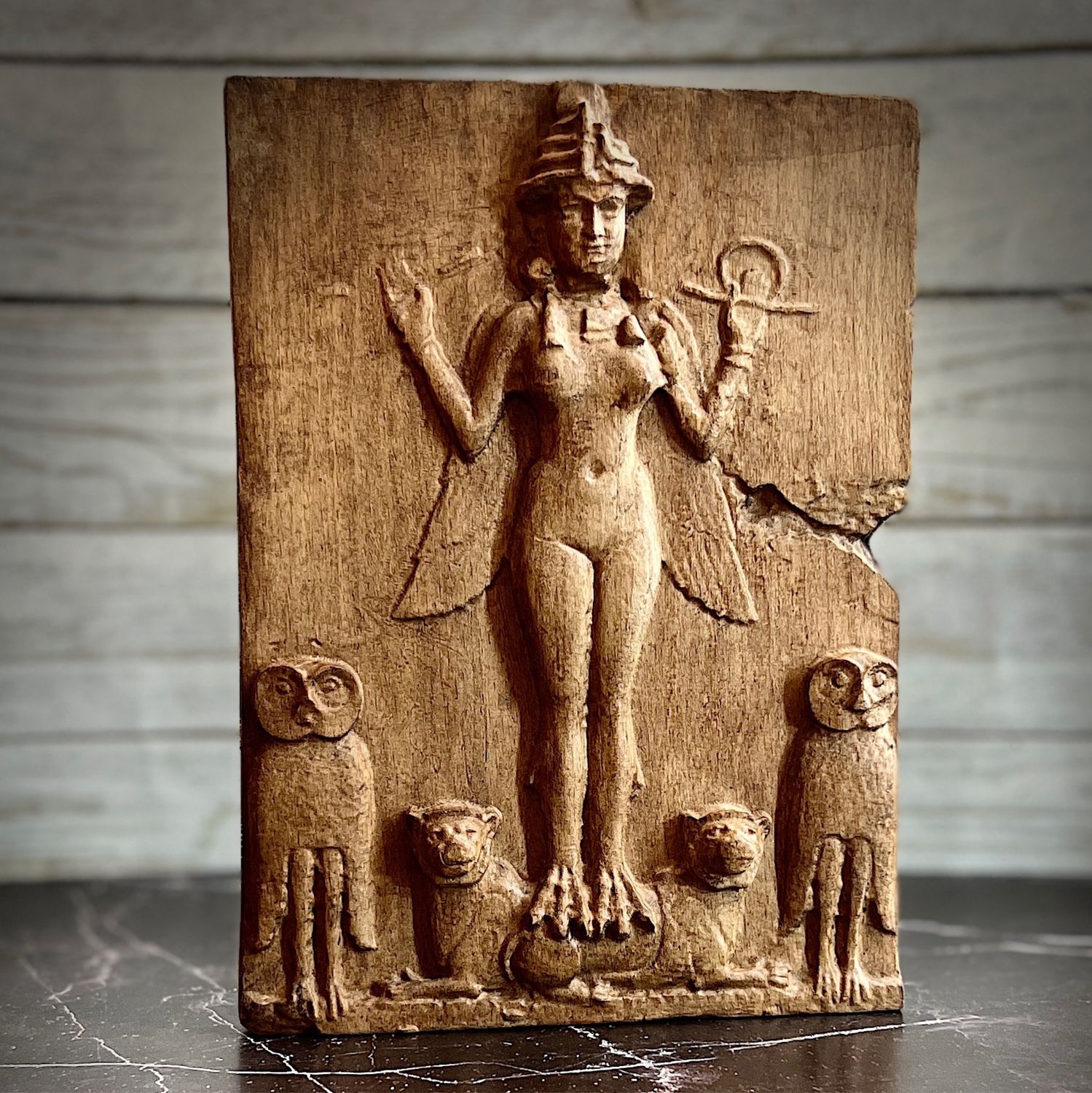
Nevertheless, he is captured in his attempt to escape, and is brought to the Underworld. Geshtinanna, Dumuzi’s sister, volunteers to be her brother’s substitute, and in the end, it was decided that Dumuzi and his sister would each spend half the year in the Underworld. Like the Greek myth of Persephone and Demeter, this event is used to explain the changing of the seasons.
